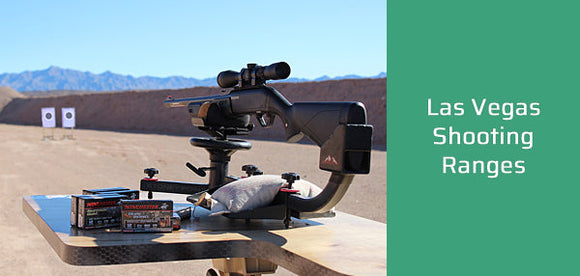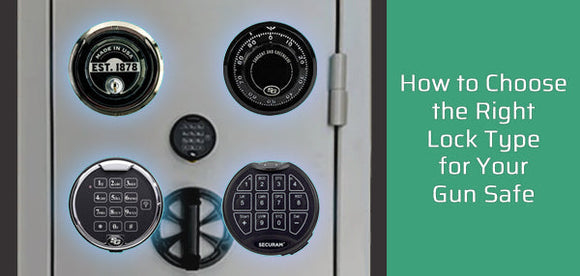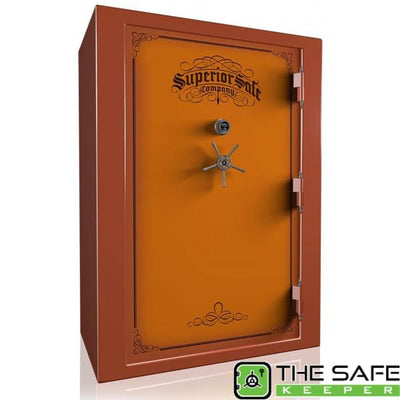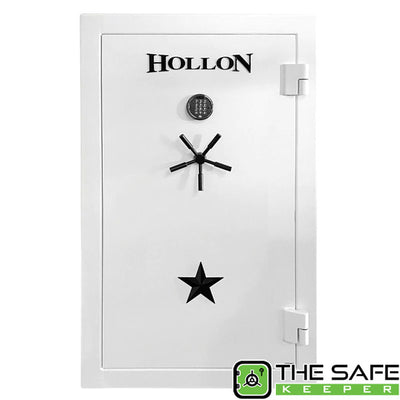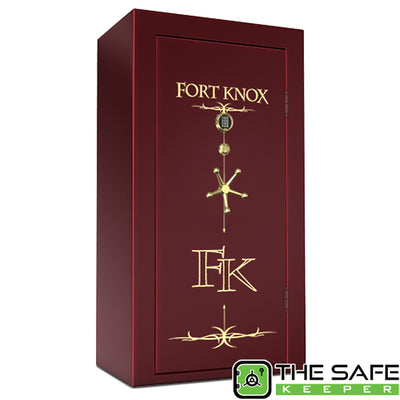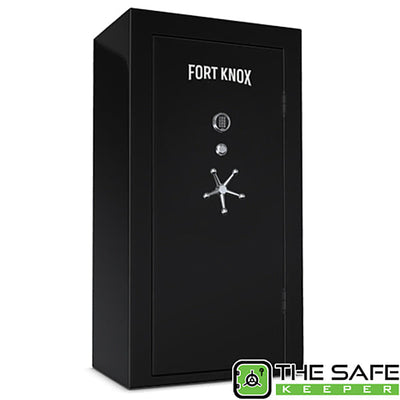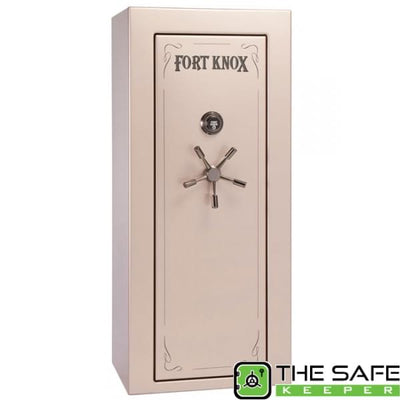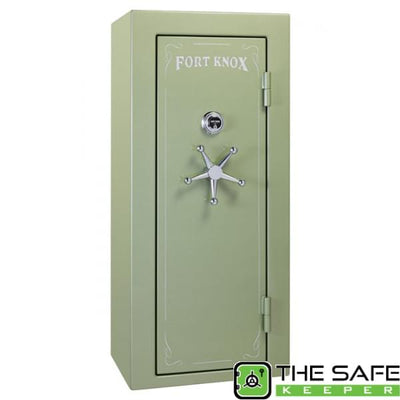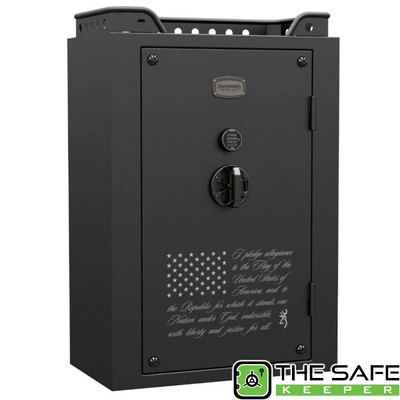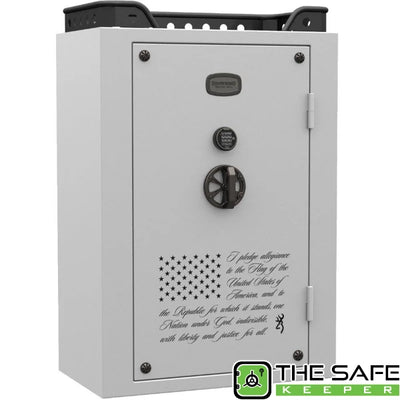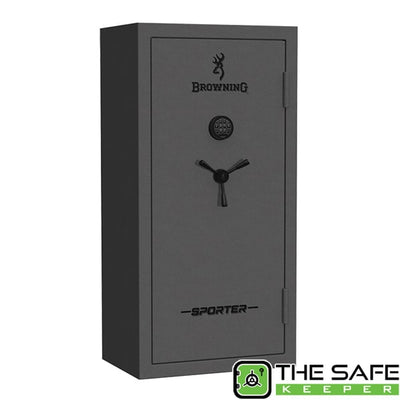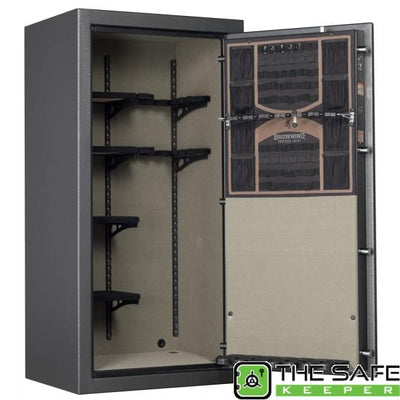Vault vs. Safe: What Are the Differences and Benefits?
When it comes to safeguarding our most precious belongings, the decision often boils down to vault vs. safe. While both are designed to safely store guns and valuables, understanding the difference between a vault and a safe can guide you to the optimal security solution.

What Is the Difference Between a Vault and a Safe?
The key difference between a vault and a safe lies in their construction, permanence, and scale of security.
Vaults are typically built into the structure of a building, offering a larger, more permanent solution for safeguarding items. They are constructed with reinforced walls and doors to withstand severe attacks, natural disasters, and prolonged attempts at forced entry. Vaults provide a higher level of security and are suitable for storing larger quantities of valuables and weapons.
On the other hand, safes are movable containers that come in various sizes and are designed to protect against theft, fire, and sometimes water damage. They are often made of steel, with a secure locking mechanism. Safes can be freestanding or built into walls They are ideal for personal use, providing a secure place for items like jewelry, important papers, and firearms.
Vault vs. Safe: Which Is Better?
The vault vs. safe comparison is not a contest of superiority but a matter of appropriateness for your specific security requirements. Both offer unique benefits depending on your specific needs and circumstances.
Benefits of Using a Vault
Vaults are synonymous with maximum security. Vaults offer a number of advantages that make them an excellent choice for large-scale, high-security needs:
- Enhanced Security: Vaults are designed to resist extreme force, making them nearly impregnable.
- Large Capacity: They can accommodate a vast array of items, from documents to large collections of valuables.
- Customization: Vaults can be customized to meet specific security standards and requirements.
Benefits of Using a Safe
Safes, while smaller, provide a versatile and convenient option for securing valuables and firearms. Here are some benefits of using a safe:
- Portability: Safes can be relocated as needed, offering flexibility in placement and installation.
- Variety: There is a wide range of sizes and types of safes to suit different purposes and spaces.
- Accessibility: Safes allow for quick access to belongings, which is essential in emergency situations.
What to Choose: A Safe or a Vault?
When choosing between a safe and a vault, the decision largely depends on your specific needs, the nature of the items you wish to protect, and the level of security you require. Here’s a closer look at the factors that can guide your decision.
Assessing Your Needs
The first step in deciding between a vault or a safe is to assess your needs. Consider the type and quantity of items you need to secure. If you have a large collection of valuables and documents, or weapons that require high-level security, a vault may be the better choice due to its enhanced security and larger capacity. On the other hand, if you’re looking to secure a smaller number of items and require the flexibility of moving your security solution, a safe would be more suitable.
Evaluating Security Levels
The difference between a safe and a vault also lies in their respective security levels. Vaults are typically built into a building’s structure and are designed to resist extreme force, making them nearly impregnable. Safes, while also secure, offer a different kind of protection. They are designed to protect against theft, fire, and sometimes water damage. The choice between a safe and a vault will depend on the level of security you require.
Considering Space and Installation
Space and installation requirements are also important factors to consider. Vaults require a dedicated space within a building’s structure and their installation is more complex. Safes, on the other hand, are more flexible. They can be freestanding, built into walls, and are generally easier to install.
Weighing Cost Implications
Lastly, cost is a significant factor in the decision-making process. Generally, vaults are more expensive due to their larger size, enhanced security features, and installation requirements. Safes, while also offering a high level of security, are usually more affordable and offer a wider range of options to suit different budgets.
In summary, the vault vs safe debate is not about which is superior, but rather which is more suitable for your specific needs. The difference between a vault and a safe lies in their construction, permanence, scale of security, and cost. Vaults offer enhanced security and larger capacity, making them ideal for high-security needs and large collections of valuables. Safes, on the other hand, provide flexibility, variety, and quick access, making them a versatile choice for personal use. Ultimately, the decision between a vault and a safe should be guided by your specific security requirements, the nature of the items you wish to protect, and your budget. Whether you choose a vault or a safe, both offer reliable solutions to safeguard your most precious belongings.
Frequently Asked Questions
What are 3 key differences between a vault and a safe?
The key differences between a vault and a safe include their construction, the level of security, and the capacity. Vaults are part of a building's architecture, while safes are independent units. Vaults offer more robust protection and typically accommodate larger quantities of items.
In the vault vs. safe comparison, which is more resistant to natural disasters?
Vaults are generally more resistant to natural disasters compared to safes. Their reinforced construction and integration into the building's structure provide better protection against extreme conditions such as floods and fires. Safes also offer protection against these disasters, but to a lesser extent, depending on their build and specifications.
Written by



